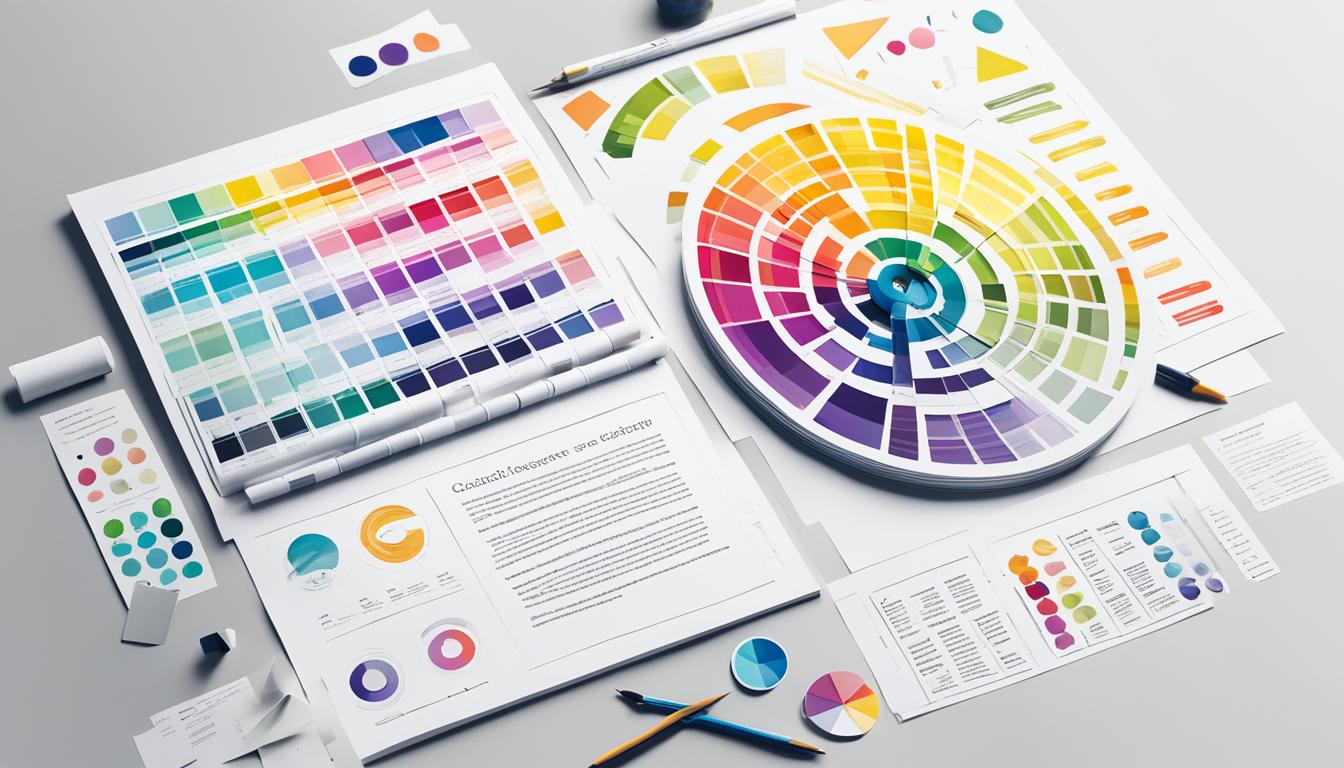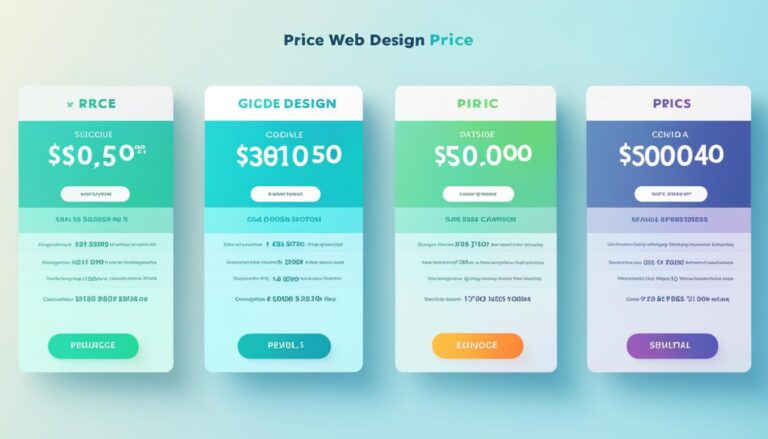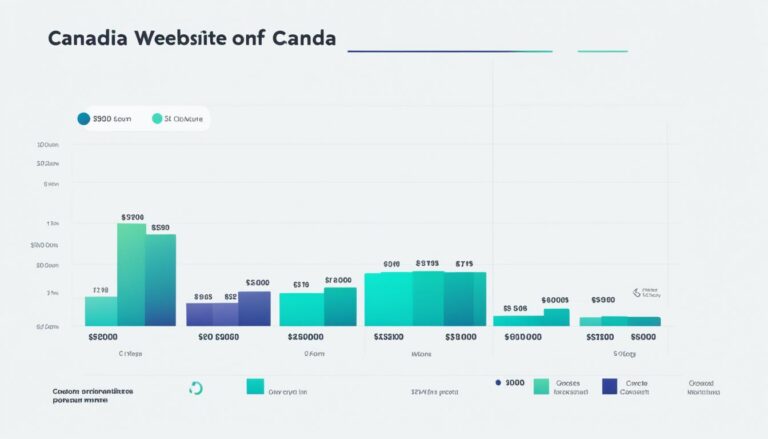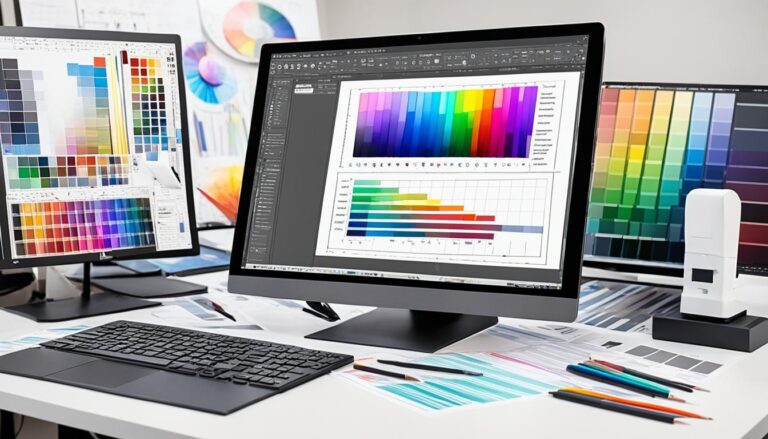Landing a Graphic Design Job: Strategies & Tips
If you have flair and design skills, a graphic designer job might suit you well. There are several strategies and tips to help you land your first job as a graphic designer and start your creative career. It’s important to understand yourself, know the nature of the graphic design job, and research the job market. Taking advantage of courses to build your portfolio and presenting yourself well is crucial.
Creating a strong resume and business cards will help showcase your skills, and networking with companies, publications, and recent graduates can lead to job opportunities. Don’t be discouraged if you don’t get a call after sending your application, practice for interviews, and be flexible with employment conditions. By following these strategies and tips, you can increase your chances of getting a graphic design job and starting your career in the field.
Overcoming Challenges in Getting a Graphic Design Job
Getting a graphic design job can be a challenging endeavor for entry-level designers. There are several obstacles that can make it difficult to land a job in this competitive field. Understanding these challenges and implementing effective solutions is key to successfully kickstarting your career as a graphic designer.
Low Demand for Juniors
One of the main challenges faced by entry-level designers is the low demand for juniors in the job market. Many companies prefer to hire experienced designers who can immediately contribute to their projects. This leaves new designers with limited opportunities to showcase their skills and gain professional experience.
Poor Portfolio and Presentation
A strong portfolio is essential for any graphic designer looking to land a job. However, many entry-level designers struggle to create a compelling portfolio that effectively showcases their abilities. Additionally, presenting their work in a visually engaging and professional manner can be a challenge.
Resistance to Feedback
Accepting feedback and constructive criticism is crucial for growth and improvement as a designer. Unfortunately, some entry-level designers may resist or struggle to accept feedback on their work. This can hinder their progress and make it difficult to meet the expectations of potential employers.
Need for Specialization
The graphic design industry is vast and diverse, encompassing various specialties and niches. Having a broad skill set may not be enough to stand out in today’s competitive job market. Employers often look for designers with specialized skills in specific areas such as branding, web design, or illustration.
To overcome these challenges, entry-level designers can implement the following solutions:
- Improve Portfolio and Presentation Skills: Continuously work on refining your portfolio by selecting your best projects and presenting them in a visually appealing and professional way.
- Accept and Act on Feedback: Be open to receiving feedback on your work and use it as an opportunity to learn and grow as a designer.
- Specialize in a Specific Area: Identify a niche or specialty within graphic design and develop expertise in that area. This will make you stand out from the competition and increase your chances of landing a job.
- Gain Relevant Experience: Seek internships, freelance projects, or pro bono opportunities to gain valuable real-world experience and build your portfolio.
- Invest in Education and Master Design Software: Take advantage of courses, workshops, and online tutorials to improve your design skills and stay updated with the latest industry trends and software.
- Build a Professional Network: Attend industry events, join design communities, and connect with professionals in the field. Networking can lead to job opportunities and valuable connections.
- Develop Soft Skills: Communication, teamwork, and problem-solving skills are as important as technical design skills. Enhance your soft skills to become a well-rounded and attractive candidate.
By implementing these solutions and staying persistent in your job search, you can overcome the challenges faced by entry-level graphic designers and increase your chances of landing a fulfilling graphic design job.
Tips for Getting Your First Graphic Design Job
For aspiring graphic designers, landing your first job can be an exciting yet challenging endeavor. To increase your chances of success, consider following these practical tips:
First and foremost, ensure that your portfolio stands out by showcasing your best work and tailoring it to the specific job you’re applying for. Highlight your strengths and unique design style to captivate potential employers.
Promote your work online through platforms like Behance and Dribbble, which allow you to gain exposure and connect with fellow designers and industry professionals. Additionally, consider freelancing to gain valuable experience, expand your portfolio, and establish a strong online presence.
Investing in ongoing education and courses is crucial for honing your skills and staying up to date with the latest industry trends and software. This will not only enhance your abilities but also demonstrate your commitment to continuous growth and improvement.
Seeking internships can provide you with practical experience, enabling you to learn from industry veterans and build valuable connections. Establishing a peer network of other designers is also beneficial, as it provides opportunities for collaboration, sharing advice, and discovering new job prospects.
Participating in design competitions is an excellent way to showcase your abilities, gain recognition, and elevate your profile within the design community. This can open doors to potential employers and serve as a testament to your talent and dedication.
In addition to technical skills, soft skills such as communication and teamwork are highly valued by employers. Cultivate these traits to make yourself a more attractive candidate, as they are essential for collaborating effectively with clients and colleagues.
Finally, consider launching your own design project to demonstrate your creativity, problem-solving abilities, and entrepreneurial spirit. This not only showcases your self-reliance but also illustrates your ability to take initiative and think outside the box.
By implementing these strategies and following these tips, you can significantly increase your chances of landing your first graphic design job and embarking on a successful career in the field. Remember, persistence, dedication, and a continuous drive to expand your skills will ultimately set you apart from the competition.
FAQ
What strategies can I use to land a graphic design job?
To land a graphic design job, it’s important to understand yourself, know the nature of the graphic design job, and research the job market. Taking advantage of courses to build your portfolio and presenting yourself well is crucial. Creating a strong resume and business cards will help showcase your skills, and networking with companies, publications, and recent graduates can lead to job opportunities.
What are the challenges faced by entry-level graphic designers in getting a job?
Some challenges faced by entry-level graphic designers include the low demand for juniors, having a poor portfolio or presentation, not accepting feedback, and the need for specialization in the field.
How can I overcome the challenges in getting a graphic design job?
To overcome challenges in getting a graphic design job, you can improve your portfolio and presentation skills, accept feedback, specialize in a specific area of design, and gain relevant experience through internships and freelance work. It’s also important to invest in education, master design software, build a professional network, and practice soft skills to stand out as a candidate.
What tips can help me land my first graphic design job?
Some practical tips to help you land your first graphic design job include showcasing your best work in your portfolio, promoting your work online through platforms like Behance and Dribbble, considering freelancing to gain experience, investing in courses and education, seeking internships, building a peer network, participating in design competitions, practicing soft skills, and considering launching your own design project to demonstrate your creativity and initiative.










